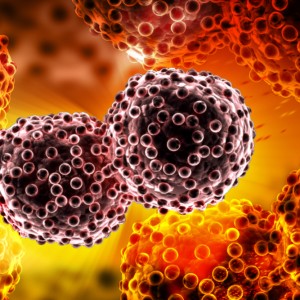 A research team led by David J. Mooney of the University of Harvard developed a 3D-structure formulation that triggers the immune system to fight tumors. The study, entitled “Injectable, spontaneously assembling, inorganic scaffolds modulate immune cells in vivo and increase vaccine efficacy” was published in Nature Biotechnology.
A research team led by David J. Mooney of the University of Harvard developed a 3D-structure formulation that triggers the immune system to fight tumors. The study, entitled “Injectable, spontaneously assembling, inorganic scaffolds modulate immune cells in vivo and increase vaccine efficacy” was published in Nature Biotechnology.
Cancer vaccines train the immune system to recognize and attack cancer cells as being foreign to the body. Dendritic cell vaccination is among the most promising immunotherapeutic approaches for treatment of advanced cancer, wherein blood cells are removed from the patient’s blood and differentiated into dendritic cells. These are then incubated with proteins specific for a patient’s tumor and injected back into the bloodstream. The re-programmed dendritic cells carrying the tumoral proteins (antigens) migrate to the lymph nodes and instruct the immune system to attack the tumor.
Despite the clinical success of this approach, it offers only a finite response against tumors and requires outside (in vitro) manipulation of the patient’s cells.
This new study shows that subcutaneous injection of mesoporous silica rod (MSRs) structures provides a 3D cellular microenvironment to modulate the host immune cells to fight tumors, without the need for ex-vivo manipulation. When this 3D-scaffold was implanted into mice, it achieved a 90% survival rate in animals that would otherwise die from cancer within 25 days.
Compared to conventional vaccines containing the same drugs and antigens (but no scaffold), the 3D vaccine was more effective at preventing tumor growth, with 90% of mice still alive at 30 days compared with only 60% of mice given the bolus injection.
“The prophylactic tumor vaccine study using MSRs clearly demonstrates that this injectable scaffold system has potential to suppress the growth of tumors. However, the major value of this new technology would likely be as a therapeutic cancer vaccine, and additional studies are required to test its activity in that setting,” concluded the authors.


